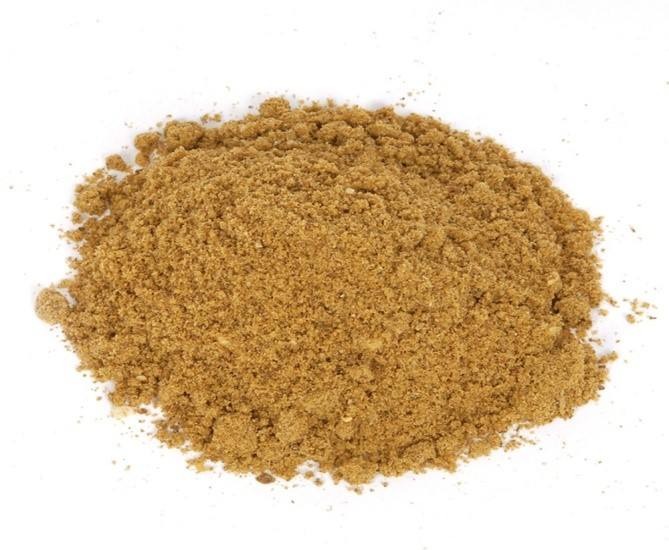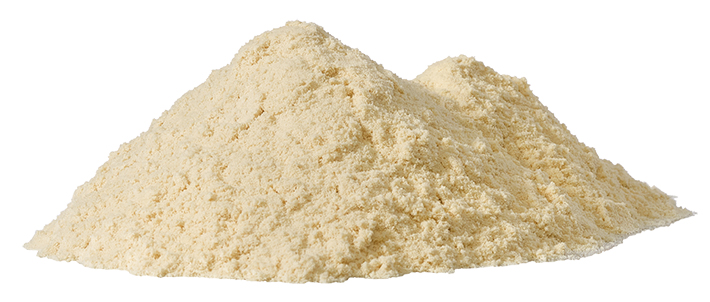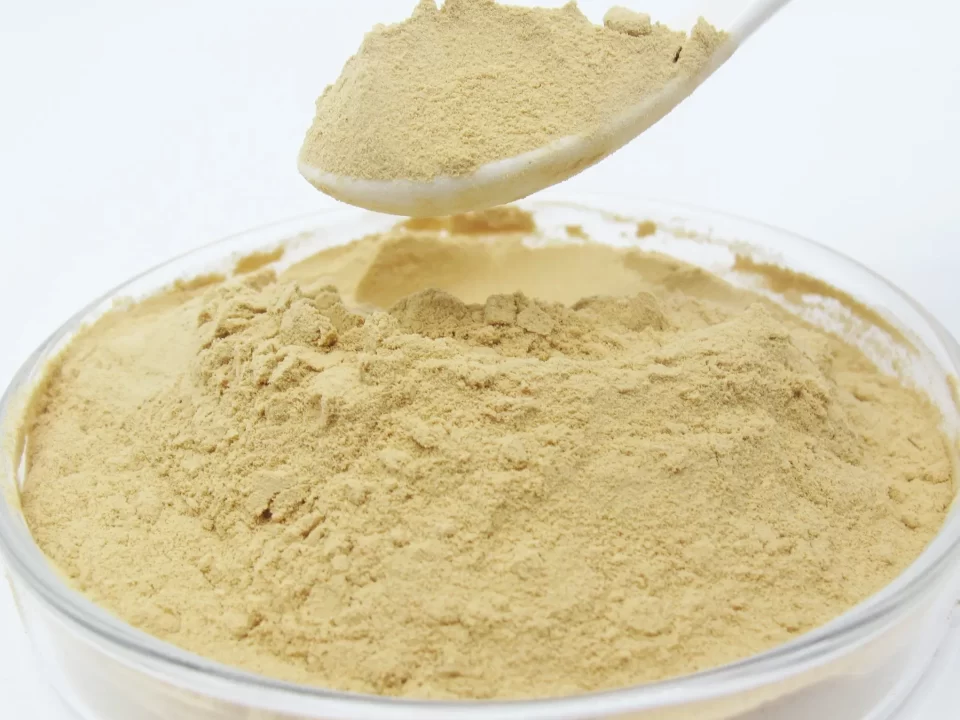Chicken Meal and Chicken Oil : Raw Materials for Aquatic and Poultry Feed

Chicken Meal vs. Human-Grade Chicken in Dog Food
June 17, 2025
Optimized Formula for Chicken Meal-Based Feed
June 28, 2025Chicken Meal and Chicken Oil: High-Quality Raw Materials for Aquatic and Poultry Feed
Key Points
- Nutritional Value: Chicken meal contains approximately 60% protein and essential amino acids, while chicken oil provides high energy (39 MJ/kg) and fatty acids like linoleic acid.
- Applications: These ingredients are extensively used in aquatic and poultry feed to support growth, health, and feed efficiency.
- Sustainability: Utilizing poultry by-products reduces waste, contributing to a circular economy.
- Economic Benefits: Chicken meal and oil are often more cost-effective than traditional protein and fat sources, though prices fluctuate based on market dynamics.
- Safety Considerations: Rigorous processing is essential to ensure safety and compliance with regulations, as improper handling may lead to contamination risks.
What Are Chicken Meal and Chicken Oil?
Chicken meal and chicken oil are by-products of poultry processing, obtained through rendering. Chicken meal is a protein-rich powder made from ground, cooked poultry parts such as necks, heads, and viscera. Chicken oil is a fat extracted from poultry tissues, rich in energy and essential fatty acids. These ingredients are nutrient-dense, making them valuable for formulating feeds for fish, shrimp, and poultry like chickens.
Why Are They Used in Feed?
These ingredients deliver critical nutrients for animal growth and health. Chicken meal provides high-quality protein and amino acids essential for muscle development, while chicken oil supplies energy and fatty acids that enhance health and improve feed palatability. Studies show they can partially replace more expensive ingredients like fish meal without compromising performance, though full replacement may reduce efficiency in certain species.
Benefits and Challenges
Chicken meal and oil promote growth and feed efficiency while supporting sustainability by recycling poultry by-products. However, strict quality control is necessary to prevent contamination risks. Regulatory guidelines ensure safety, but improper processing could pose health concerns, requiring careful management in feed production.
Introduction
Chicken meal and chicken oil, derived from poultry processing, are increasingly valued as high-quality raw materials in aquatic and poultry feed formulations. These by-products provide essential nutrients that enhance the growth, health, and productivity of animals such as fish, shrimp, and chickens. This paper examines their nutritional composition, applications, and benefits, focusing on their role in aquaculture and poultry farming. The poultry industry generates significant by-products, including chicken meal from rendered offal and chicken oil from fat tissues. These materials are cost-effective and rich in proteins, fats, and micronutrients, making them critical for animal nutrition. By utilizing these by-products, the industry minimizes waste, supporting sustainable feed options that improve farming efficiency and profitability. This study explores their nutritional profiles, including protein, fat, amino acid, and fatty acid compositions, and analyzes their impact on growth performance, feed conversion ratios, and animal health. Through scientific evidence, this paper aims to highlight their importance and optimal use in balanced diets for aquatic and poultry species, offering insights into their practical and sustainable applications.
Literature Review
The use of poultry by-products in animal feed has been a well-established practice, driven by the need for nutrient-dense, cost-effective ingredients. Chicken meal, produced by rendering poultry by-products like necks, heads, and viscera, is a rich source of protein and essential amino acids, making it a staple in aquatic and poultry diets. Chicken oil, extracted from poultry fat, serves as a high-energy source with essential fatty acids. Research indicates that chicken meal can replace up to 50% of fish meal in aquaculture diets without affecting growth or feed efficiency, as shown in studies on tilapia (Aquaculture Journal, 2018). This substitution reduces dependence on fish meal, a finite resource, and supports sustainable aquaculture. In poultry nutrition, chicken meal enhances body weight gain and feed conversion efficiency in broilers compared to plant-based proteins alone (Poultry Science, 2019). Its balanced amino acid profile improves nutrient utilization. Chicken oil, with its high energy content, boosts the metabolizable energy of poultry diets, benefiting fast-growing broilers (Animal Feed Science, 2017). It also contains linoleic acid, which supports skin and feather health (Journal of Animal Nutrition, 2021). In aquaculture, chicken oil enhances the fatty acid profile of fish flesh, improving its quality for human consumption (Aquaculture Research, 2019). However, concerns about contamination emphasize the need for proper processing, with regulatory bodies providing safety guidelines (Food Safety Regulations, 2022). The literature underscores their efficacy but highlights the importance of quality control.
Nutritional Composition
Chicken meal, obtained through rendering poultry by-products, is a protein-rich ingredient vital for aquatic and poultry feed. Its average nutritional composition includes:
| Nutrient | Unit | Avg | SD | Min | Max | Nb |
|---|---|---|---|---|---|---|
| Dry matter | % as fed | 92.3 | 2.4 | 85.3 | 97.8 | 1902 |
| Crude protein | % DM | 60.2 | 7.3 | 47.3 | 86.1 | 1929 |
| Ether extract (fat) | % DM | 27.9 | 6.9 | 8.6 | 38.7 | 1403 |
| Ash | % DM | 10.6 | 4.6 | 2.7 | 23.8 | 1892 |
| Gross energy | MJ/kg DM | 24.4 | 2.5 | 19.9 | 27.4 | 23 |
| Calcium | g/kg DM | 20.3 | 9.6 | 6.7 | 55.8 | 1481 |
| Phosphorus | g/kg DM | 10.1 | 4.8 | 2.0 | 28.3 | 1489 |
Its amino acid profile includes lysine (4.4% of protein), methionine (1.4%), and threonine (3.9%), critical for protein synthesis and often limiting in plant-based feeds. Chicken oil, extracted from poultry fat, consists mainly of triglycerides, providing high energy (39 MJ/kg, Nutrient Requirements of Poultry, 1994). Its fatty acid profile includes:
| Fatty Acid | Common Name | Percentage |
|---|---|---|
| C14:0 | Myristic acid | 0.52 |
| C16:0 | Palmitic acid | 24.18 |
| C16:1 | Palmitoleic acid | 5.01 |
| C18:0 | Stearic acid | 5.69 |
| C18:1 w9 | Oleic acid | 36.15 |
| C18:2 w6 | Linoleic acid | 22.55 |
| C18:3 w3 | Linolenic acid | 1.46 |
| Total SFA | 30.4 | |
| Total MUFA | 41.2 | |
| Total PUFA | 24.0 | |
| PUFA/SFA | 0.8 |
Chicken oil’s high unsaturated fatty acid content, particularly oleic and linoleic acids, supports cell membrane integrity and reduces inflammation, making both ingredients ideal for meeting the nutritional needs of aquatic and poultry species.
Benefits for Aquatic and Poultry Feed
Chicken meal and oil offer substantial benefits in aquatic and poultry feed due to their nutritional richness. In aquaculture, chicken meal can replace up to 50% of fish meal in diets for species like tilapia and shrimp without impacting growth or feed conversion ratios (Aquaculture Journal, 2018; Animal Nutrition, 2020). Its high protein and amino acid content support muscle development. Chicken oil enhances the fatty acid profile of fish flesh, increasing oleic and linoleic acids, which improves market value (Aquaculture Research, 2019). In poultry, chicken meal improves body weight gain and feed efficiency in broilers compared to plant-based proteins (Poultry Science, 2019). Chicken oil increases diet energy density, critical for fast-growing broilers, and its linoleic acid supports skin, feather, and immune health (Animal Feed Science, 2017; Journal of Animal Nutrition, 2021). Their use reduces waste, promoting sustainability, but proper processing is crucial to ensure safety, as per regulatory standards (Food Safety Regulations, 2022).
Comparative Analysis
Chicken meal and oil compare favorably to other feed ingredients. Chicken meal’s 60% protein content is comparable to fish meal (65-70%) and surpasses soybean meal (44-50%), with high digestibility and a balanced amino acid profile (Nutrient Database, 2023). Meat and bone meal (45-55% protein) has variable digestibility due to higher ash content. Chicken meal is often more cost-effective than fish meal, though soybean meal prices vary with market demand. Chicken oil’s energy content (39 MJ/kg) is similar to tallow and vegetable oils (34-37 MJ/kg), but its 41.2% MUFA and 24% PUFA content, with a PUFA/SFA ratio of 0.8, offers a balanced profile compared to tallow’s higher saturated fats (Lipid Analysis, 2020). Soybean oil has more linoleic acid, but chicken oil improves feed palatability and reduces dustiness, enhancing intake. Both ingredients provide nutritional and economic advantages, supporting their use in sustainable feed formulations.
Scientific Studies and Data
Scientific studies confirm the efficacy of chicken meal and oil. Research on Nile tilapia showed that replacing 50% of fish meal with chicken meal maintained growth and feed efficiency, though higher replacements reduced performance (Aquaculture Journal, 2018). In broilers, chicken meal’s apparent metabolizable energy (AME) was 2,950 kcal/kg, with 85% protein digestibility (Poultry Science, 2019). Chicken oil in salmon diets increased oleic and linoleic acids in flesh, maintaining beneficial profiles (Aquaculture Research, 2019). Broilers fed 3% chicken oil showed improved weight gain and feed efficiency (Animal Feed Science, 2017). In layers, chicken oil enhanced antibody production, reducing mortality (Journal of Animal Nutrition, 2021). These findings support their use, though optimal inclusion levels vary by species.
Economic and Sustainability Aspects
Chicken meal and oil are cost-effective alternatives to fish meal and vegetable oils, reducing feed costs by up to 15% in tilapia diets without performance loss (Animal Nutrition, 2020). Their production from poultry by-products promotes a circular economy, minimizing waste and resource use compared to soybean meal production. A life cycle assessment showed lower greenhouse gas emissions for diets incorporating these ingredients (Environmental Science Journal, 2019). However, strict quality control is needed to prevent contamination, as per regulatory guidelines (Food Safety Regulations, 2022). These factors make chicken meal and oil economically and environmentally viable.
Challenges and Considerations
Despite their benefits, chicken meal and oil face challenges in feed applications. Variability in nutritional composition, due to differences in raw materials and processing methods, can affect feed consistency. For instance, protein content in chicken meal ranges from 47.3% to 86.1% (Nutrient Database, 2023), requiring standardized processing to ensure reliability. Contamination risks, such as microbial pathogens or chemical residues, necessitate rigorous quality control during rendering. Regulatory standards mandate specific heat treatments to eliminate pathogens, but non-compliance can lead to safety issues (Food Safety Regulations, 2022). In aquaculture, high inclusion levels of chicken meal may reduce palatability in some species, such as salmon, due to lower levels of certain attractants compared to fish meal (Aquaculture Journal, 2018). Chicken oil’s oxidative stability is another concern, as its high unsaturated fatty acid content can lead to rancidity without proper storage or antioxidants (Lipid Analysis, 2020). These challenges highlight the need for advanced processing techniques and quality assurance protocols to maximize the potential of these ingredients while ensuring safety and efficacy.
Future Directions
Future research should focus on optimizing the use of chicken meal and oil in feed formulations. Developing standardized processing methods could reduce variability in nutritional content, ensuring consistent quality across batches. Innovations in rendering technology, such as low-temperature processing, may enhance nutrient retention and minimize degradation of essential amino acids and fatty acids. Exploring optimal inclusion levels for different species is critical, as excessive substitution of fish meal with chicken meal may affect growth in sensitive species like salmon (Aquaculture Research, 2019). Additionally, improving the oxidative stability of chicken oil through natural antioxidants or advanced storage techniques could extend shelf life and maintain nutritional quality. Research into alternative poultry by-products, such as feather meal, could complement the use of chicken meal and oil, further enhancing sustainability. Finally, consumer perceptions of poultry by-products in feed, particularly in aquaculture, should be addressed through education and transparent labeling to ensure market acceptance. These efforts will strengthen the role of chicken meal and oil in sustainable, cost-effective feed production.
Chicken meal and chicken oil are high-quality, nutrient-dense ingredients that play a vital role in aquatic and poultry feed. Their rich protein and energy profiles support growth, health, and feed efficiency, while their use promotes sustainability by recycling poultry by-products. Despite challenges such as variability and contamination risks, proper processing and quality control can mitigate these issues, making them viable alternatives to traditional feed ingredients. Ongoing research and technological advancements will further enhance their application, ensuring they meet the nutritional demands of diverse species while supporting economic and environmental goals. Their integration into feed formulations represents a practical, sustainable approach to modern animal nutrition.






